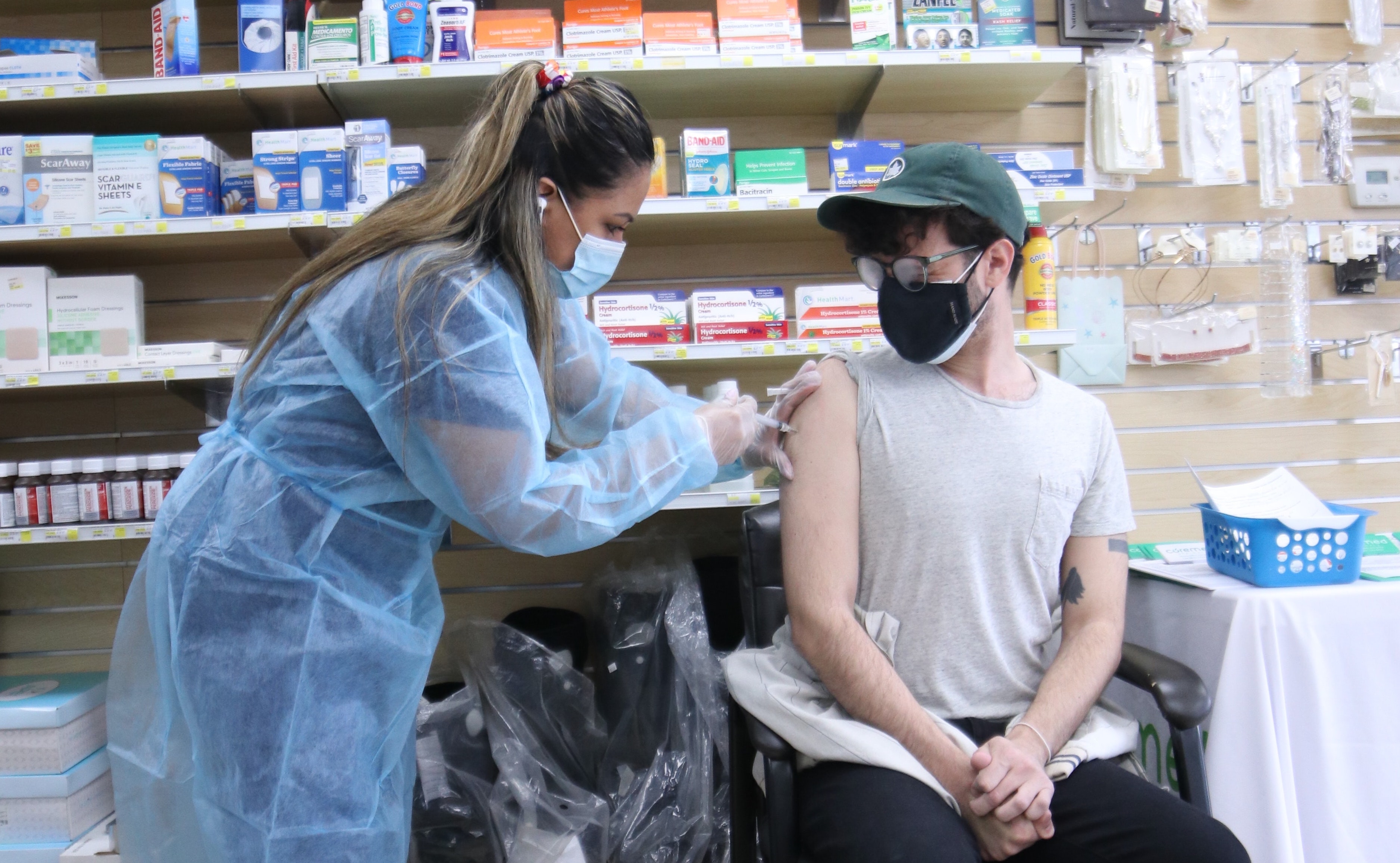SUMMARY – Pandemics aside, there are clearly exciting times ahead for learning and development (L&D) as evidenced by this year’s update to the Donald H. Taylor 2020 L&D Global Sentiment Survey. Top priorities in the survey are learning analytics and personalized/adaptive delivery. Together, they showcase the vital importance of L&D delivering the kind of learning that will advance business and talent strategies within organizations. Although the survey and the analysis in this blog date to before the COVID-19 outbreak, the topics discussed are even more relevant now that remote learning has become imperative for all organizations.
The results from Donald H. Taylor’s 2020 L&D Global Sentiment Survey are in, and learning analytics tops the “what’s hot” list in learning and development (L&D) for this year. In second place is personalization/adaptive delivery, which had held the No. 1 spot for three years running—2017, 2018, and 2019.
From my perspective, this reflects a genuine desire within L&D to gather data and evaluate evidence that learning approaches are really working. For organizations that have moved to adaptive learning for its personalization and scalability, it is a natural next step to implement learning analytics to measure effectiveness.
As Taylor observed about the 2020 findings: “This is the first time that the [survey results] table has been topped by an option focused on improving the work of the [L&D] department, rather than a delivery mechanism or an approach to learning.” Now, in the COVID-19 era, with a rapid expansion in remote learning, monitoring and measuring L&D outcomes is increasingly important.

Source: Donald H. Taylor The 2020 L&D Global Sentiment Survey (GSS). It asked: “What will be hot in workplace learning in 2020?” (Numbers in parentheses indicate 2019 rankings.)
The findings of the 2020 survey appear to be a natural outgrowth of 2019 (“the year of data”) when the three hottest topics in Donald H. Taylor’s L&D survey were personalization, artificial intelligence (AI), and learning analytics—all of which, come together in adaptive learning.
From last year’s focus on “how” learning should be delivered, the emphasis is now shifting to “how well” learning is performing.
The Failure of Traditional LMS
Importantly, the 2020 findings show another move afoot: recognition of the failings of the traditional e-learning/learning management system (LMS). LMS is able only to measure activity—the “transactional metrics” of course completion. This is hardly sufficient for taking a data-driven approach to learning.
That’s why learning analytics and personalization/adaptive learning are a dynamic duo for improving learning outcomes and gathering the evidence through data. An adaptive learning platform, with its inherently personalized approach, can capture robust data from the learning process, minute by minute. Each learner’s experience can be tracked, from identifying knowledge gaps and misconceptions to achieving mastery. Data can then be aggregated and analyzed across a learner population.
The Forerunners Favor Analytics
Interestingly, the 2020 survey found that learning analytics was the top priority in particular among a “small, socially-connected group” (identified as Group A). A “larger, less well-connected” group (Group B) had been “less enthusiastic” about learning analytics in 2019, but this year provided sufficient support to move it to the No. 1 position, Taylor explained.
Taylor further suggested that Group A is emerging as “an influential forerunner in opinion forming,” while Group B “is likely to follow Group A’s thinking, after a lag of a year or so.”
I view the forerunners’ influence as welcome evidence of L&D becoming more data-driven, particularly in cutting-edge organizations. Although not without its challenges, analytics are completely necessary to align learning with business objectives and specific outcomes. With an increasing focus on worker retraining and skill building at all levels of organizations, L&D must be able to show that the investment in training—in terms of money, effort, and time away from the job—is worth it.
Nonetheless, as Taylor observed, there is the possibility that learning analytics could follow “ideas like gamification that caught the initial interest of L&D but have only been well-implemented in patches.” Time will tell, he added, whether learning analytics can become part of “business as usual” as video and mobile delivery have.
My personal opinion is that data and learning analytics are here to stay—especially among organizations seeking to demonstrate the return on investment (ROI) for L&D. The competitive advantage to be gained by meaningfully and measurably increasing the competence of the workforce will be just too hard to ignore. Moreover, analytics are hardly the gimmick that gamification has proven to be.
Collaborative/Social Learning
Rounding out the L&D landscape for 2020 is No. 3 priority identified in the latest survey: collaborative/social learning. In my opinion, this makes perfect sense in the context of the 21st century workplace, as machines take over tasks in most jobs and eliminate some jobs completely. In addition to greater technical competency, workers need 21st century skills of communication, collaboration, creativity, and critical thinking.
At Area9, we see the value of the blended approach: the tutor-like adaptive learning experience to build knowledge and skills, while social learning becomes a classroom activity. The combination allows learners to build competence, put their newly acquired knowledge and skills to work and become more experienced in collaboration. This is exemplified by “activity-based learning” that purposefully seeks to build collaboration.
Going full circle, with learning analytics, the effectiveness of such a blended approach can be tracked and measured through the adaptive learning component. In all learning activities, keeping analytics at the center will be imperative, to move beyond what people “think” should work—to determine what is truly working.









